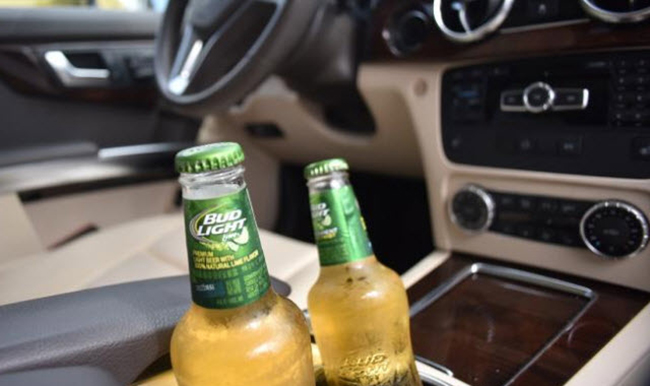 Dating back decades, our society has brought awareness to the dangers of driving under the influence of alcohol and drugs and encouraged people to seek safe, sober transportation options. Research shows that alcohol as well as marijuana and other illicit substances weakens reaction times, motor skills, and perception and may lead to reckless driving and accidents. Here is 2014 data about impaired driving from the Centers for Disease Control and Prevention (CDC) and the U.S. Substance Abuse and Mental Health Services Administration (SAMHSA):
Dating back decades, our society has brought awareness to the dangers of driving under the influence of alcohol and drugs and encouraged people to seek safe, sober transportation options. Research shows that alcohol as well as marijuana and other illicit substances weakens reaction times, motor skills, and perception and may lead to reckless driving and accidents. Here is 2014 data about impaired driving from the Centers for Disease Control and Prevention (CDC) and the U.S. Substance Abuse and Mental Health Services Administration (SAMHSA):
- Nearly 28 million Americans drove under the influence of alcohol
- Males are more likely than females to drive under the influence
- More than 1 million drivers were arrested for driving under the influence of alcohol or drugs
- One-third of all traffic-related deaths in the United States involved alcohol
- Nearly 6 million Americans drove under the influence of both alcohol and illicit drugs
Fortunately, recent National Survey on Drug Use and Health (NSDUH) data has highlighted some good news, reporting that the percentage of people driving under the influence of alcohol fell to a 13-year low in the United States. Approximately 11.1% of NSDUH survey respondents ages 16 and older indicated that they drove under the influence of alcohol. In 2002, that number was much higher at 15.3%. Drunk driving by our youngest drivers (ages 16 to 20) declined by half from 17.4% in 2002 to 7.4% in 2014.
Prevention efforts such as sobriety checkpoints, blood alcohol concentration (BAC) laws, ignition interlock systems for offenders, and ride sharing with services like Uber continue to help to reduce drunk driving. Yet experts are cautiously optimistic about the downward trend and remain committed to their mission of safety and public education.
For more information about alcohol testing, visit our website.




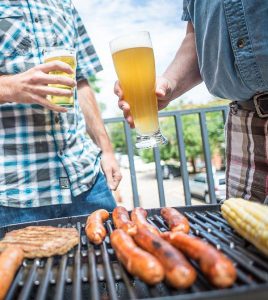

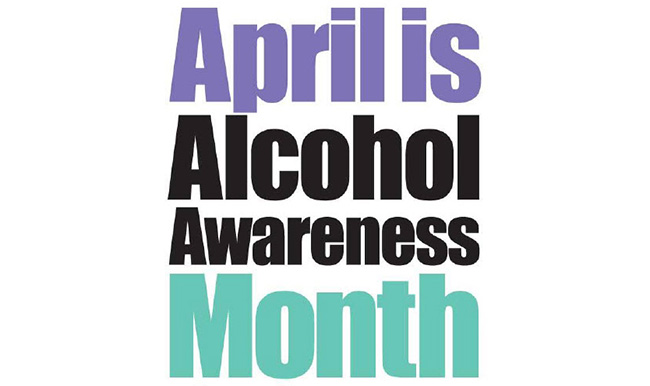
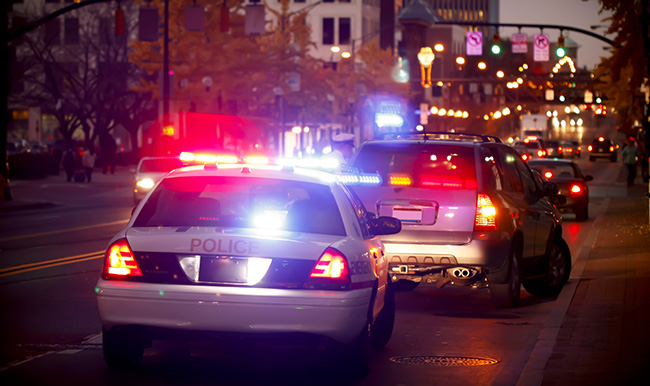
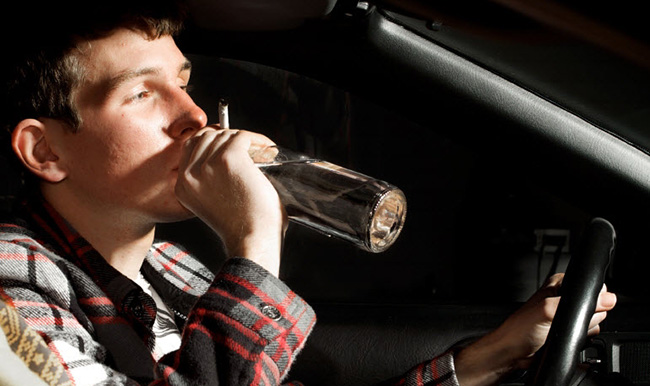
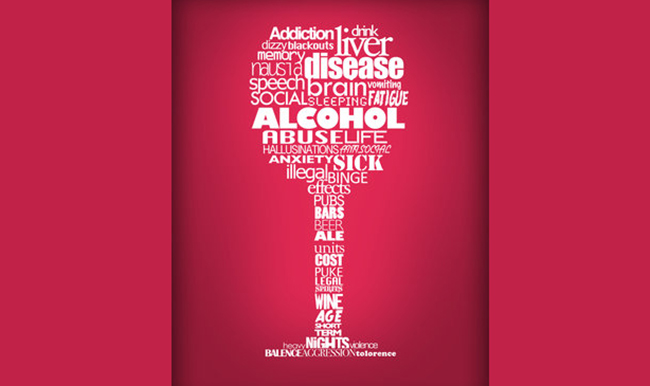
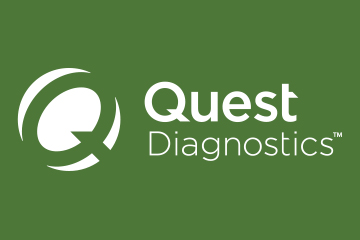
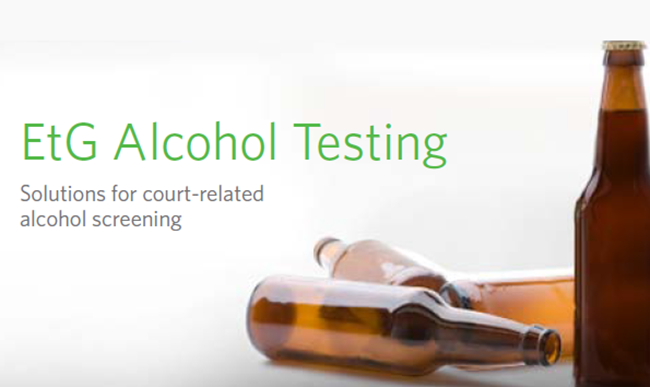

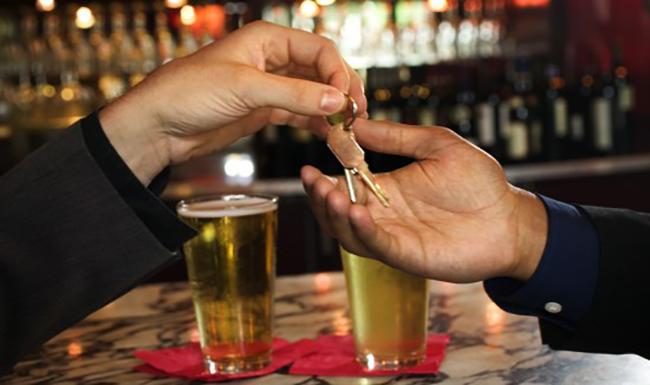





Fortunately, recent National Survey on Drug Use and Health (NSDUH) data has highlighted some good news, reporting that the percentage of people driving under the influence of alcohol fell to a 13-year low in the United States. Approximately 11.1% of NSDUH survey respondents ages 16 and older indicated that they drove under the influence of alcohol. In 2002, that number was much higher at 15.3%. Drunk driving by our youngest drivers (ages 16 to 20) declined by half from 17.4% in 2002 to 7.4% in 2014.
Prevention efforts such as sobriety checkpoints, blood alcohol concentration (BAC) laws, ignition interlock systems for offenders, and ride sharing with services like Uber continue to help to reduce drunk driving. Yet experts are cautiously optimistic about the downward trend and remain committed to their mission of safety and public education.
For more information about alcohol testing, visit our website.